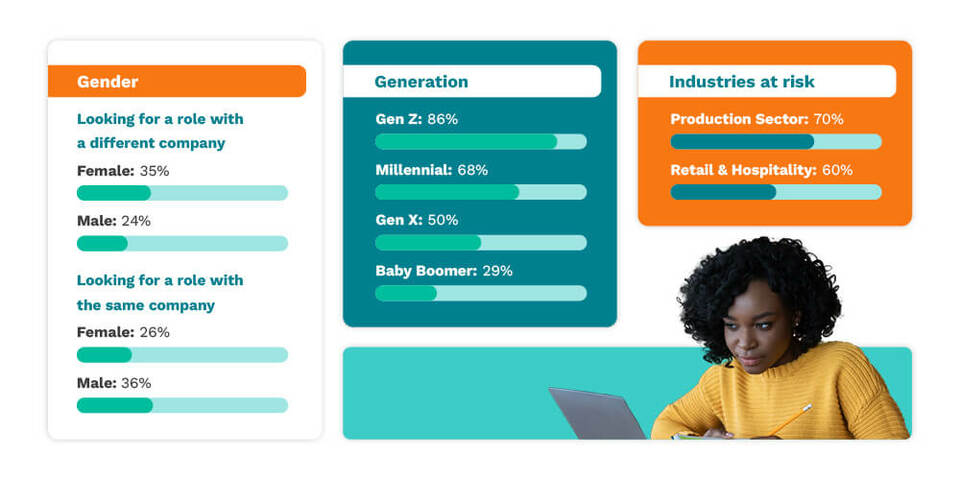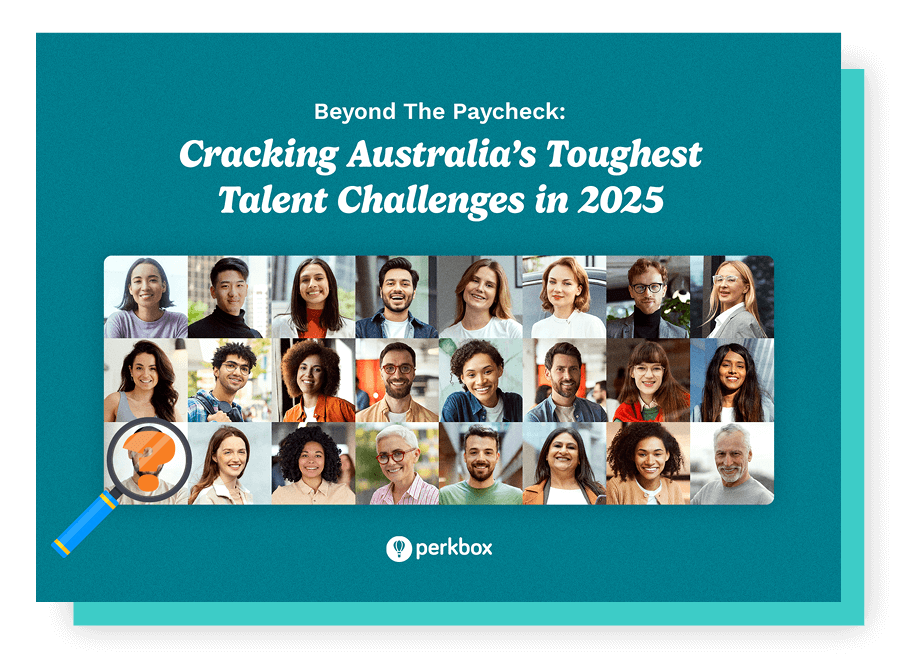Three strategies to retain top talent
So what can employers do to stem the tide of departures and build a workplace where employees actually want to stay? Based on the Perkbox report and other industry research, here are three proven strategies.
1. Flexibility isn’t optional — it’s expected
In Beyond the Paycheck, 35% of employees said flexible work arrangements are essential to their job satisfaction. Whether it’s hybrid work, flexible hours, or location independence, employees want the ability to tailor their work around their life — not the other way around.
Harvard Business Review has reported that companies offering flexibility see a 55% increase in employee loyalty, making flexibility an essential part of any retention strategy.
What does this look like in practice?
-
Let employees choose when and where they work
-
Offer hybrid and remote options for applicable roles
-
Design asynchronous workflows that support diverse schedules
By giving employees more autonomy over their time, companies build trust, reduce stress, and boost engagement.
![Employee working from home]()
2. Make career growth visible and accessible
One of the loudest messages from employees is this: "I want to grow, or I’ll go."
A lack of career development is consistently one of the top reasons employees leave their roles. According to LinkedIn’s Workplace Learning Report, companies that promote internally retain employees 41% longer than those that don’t. Yet many businesses fail to provide clear development paths or opportunities for advancement.
To fix that, companies must embed career growth into the employee experience. That means:
- Offering individual development plans and goal-setting frameworks
- Funding upskilling and learning programs
- Making internal mobility part of the talent strategy
- Highlighting internal success stories
When employees can see their future at your company, they’re far more likely to stay and invest their energy.
3. Recognition that’s personal and powerful
It’s not enough to simply recognise people; you have to do it in a way that matters to them. Perkbox found that only 22% of employees feel consistently recognised at work. Meanwhile, Gallup found that employees who receive meaningful recognition are four times more likely to be engaged and five times more likely to stay with their employer.
Recognition that works is:
- Timely: don’t wait for the annual review
- Specific: call out exactly what the person did
- Aligned: tie it back to company values or goals
- Personal: tailored to the individual’s preferences
Companies that implement structured recognition programs see measurable boosts in morale, productivity, and retention. And it doesn’t have to break the bank — peer-to-peer recognition, digital shoutouts, and personalised messages often mean more than big-ticket rewards.
![Workers celebrating a job well done]()







Share